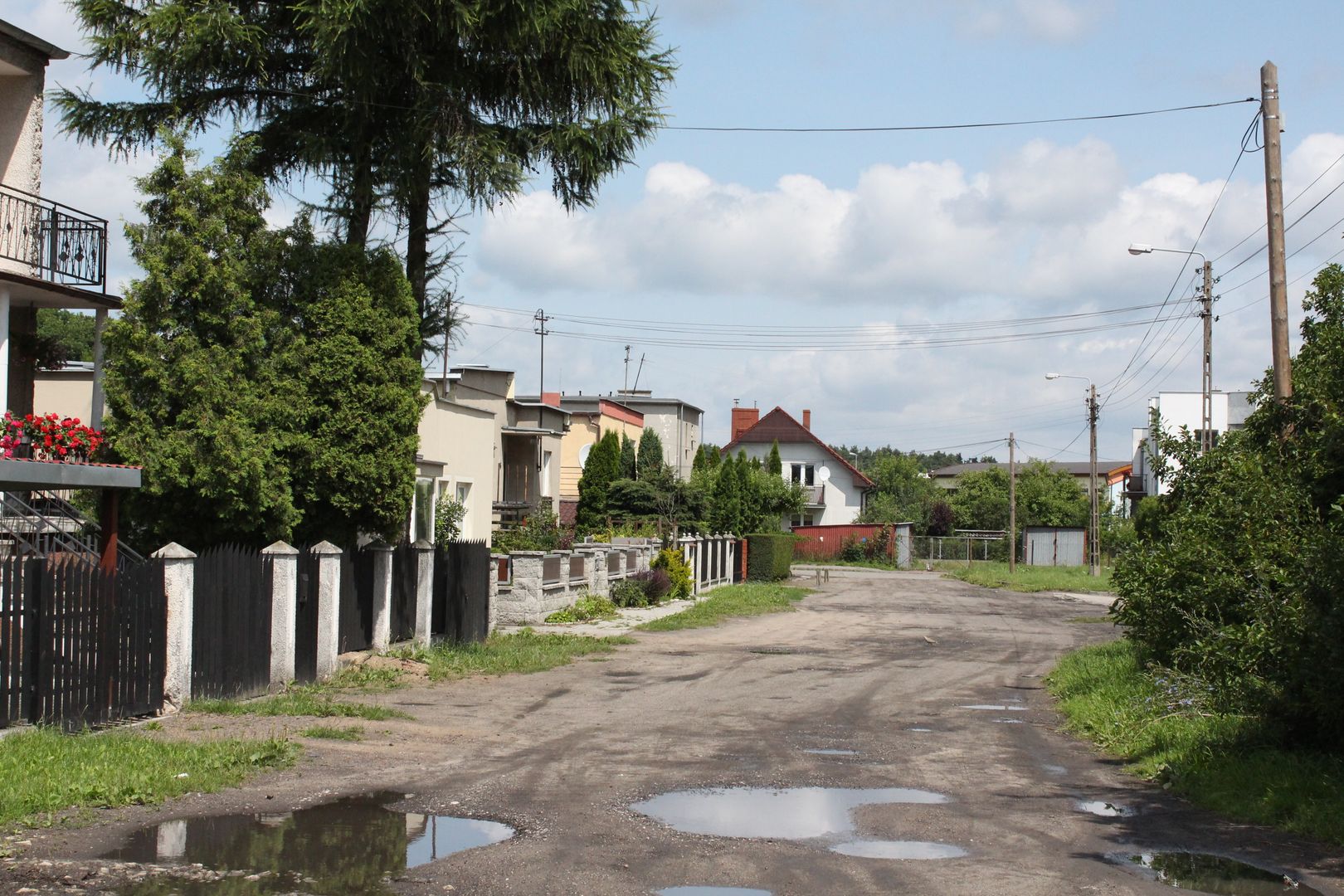Osowa Góra
6.78

Overview
Osowa Góra is an urban unit in Bydgoszcz, located on the northern side of the Bydgoszcz Canal. It was incorporated into the city on December 7, 1959, and features diverse terrain, comprising the Upper and Lower Terraces. The elevation ranges from 52 meters above sea level at the canal bank to 85 meters above sea level near Primary School No. 64. The western edge of Osowa Góra is protected as part of the Natura 2000 network, and the area boasts numerous natural monuments, including impressive oaks and peat bogs. Osowa Góra Park, covering approximately 14.5 hectares, along with surrounding coniferous and mixed forests, serve as significant recreational spots.
In terms of historical aspects, Osowa Góra has a rich heritage dating back to the Stone Age, when fishing was active in the area. During the Middle Ages, the Pawłówek stronghold was located here, and in the 19th century, manor houses and farmsteads such as Hoheneiche and Ossowagóra, representing the style of noble manors, were established. The Bydgoszcz Canal, built in the 18th century, shaped the character of the area and contributed to the development of settlement. Interestingly, during World War II, an ammunition plant was constructed in Osowa Góra, which after the war was taken over by the Polish Army.
Architecturally, Osowa Góra developed alongside Bydgoszcz's expansion, featuring both multi-family and single-family housing. Schools such as Primary School No. 64 and School Complex No. 24 play a key role in educating the local community. Public transportation is provided by bus lines and the Bydgoszcz Osowa Góra railway stop. Cultural elements include chapels, as well as Catholic and Evangelical parishes operating in the area. Osowa Góra is also home to a branch of the Provincial and Municipal Public Library.
Osowa Góra is a place where history meets nature, and its cultural and architectural diversity creates a unique character for this part of Bydgoszcz.
Location
Tickets
Powered by GetYourGuide
2025 Wizytor | All Rights Reserved